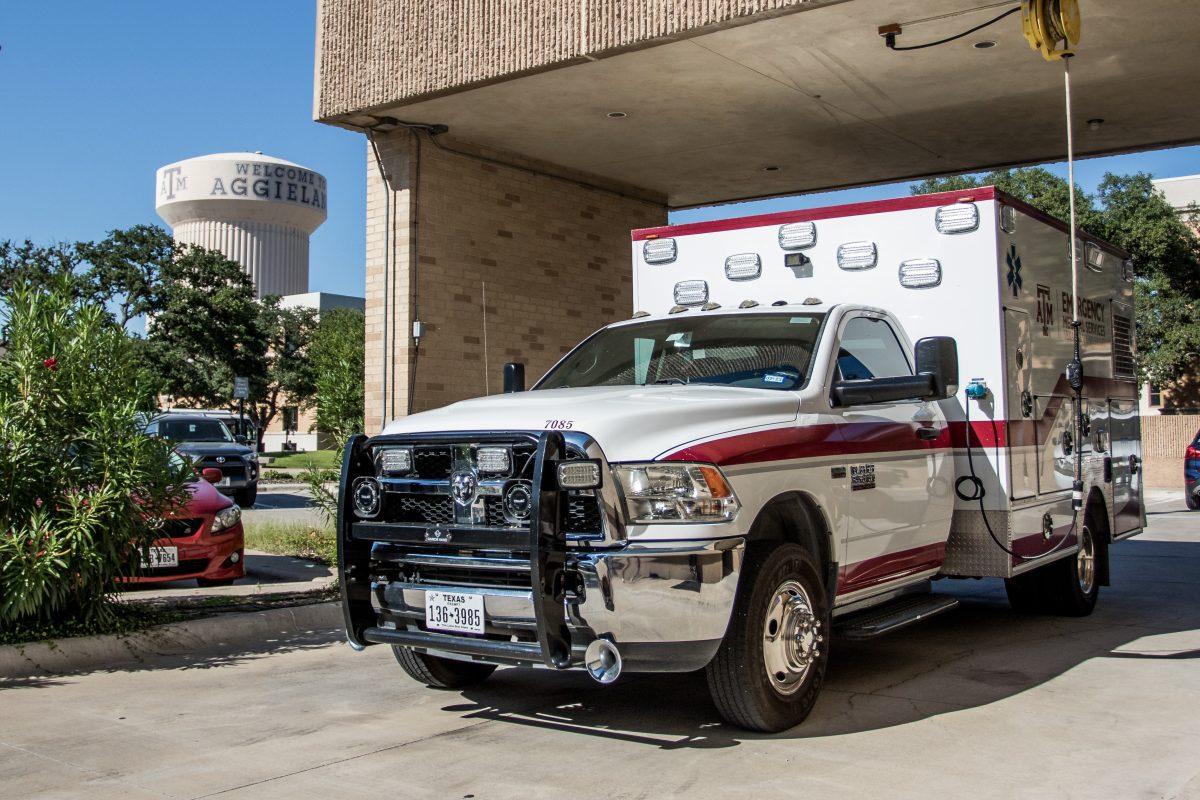On Sept. 1, Student Health Services, or SHS, and Counseling and Psychological Services, or CAPS, officially became a part of Texas A&M Health’s new initiative: University Health Services.
Now, the two organizations are no longer under the Division of Student Affairs. The transition comes from a recommendation of MGT Consulting Group’s report on Texas A&M. University President M. Katherine Banks cited in her follow-up report, The Path Forward, that the idea to place SHS and CAPS under A&M Health was popular among stakeholders who reviewed the report.
SHS and CAPS will not only be integrated under University Health Services but also expanded. Associate Vice President for University Health Services Nancy Fahrenwald, Ph.D., remarked on the change Path Forward Workgroup #22 envisioned for the new initiative.
“The collaboration between [SHS] and [CAPS] is going to provide an opportunity for us to look at what else we can be doing to support our students,” Fahrenwald said. “It’s all about our students and their success. Their success is not only about their academic courses, but also their relationships and the access to healthcare when they need it.”
This transformation will also extend to physical facilities, Fahrenwald said.
“We are envisioning a brand new building,” Fahrenwald said. “In that vision, that building would hold both physical health and mental health resources to support our students. We would still use the existing facilities because we have so many students.”
Beutel Health Center student worker and agricultural economics junior Carson Davis said he agreed the changes coming to SHS are beneficial to A&M as a whole.
“I did my due diligence of reading the information [student workers] were given in regard to the transition,” Davis said. “The largest reason for this is to be more unified with A&M Health. Whatever we can do to benefit the patient is where we are going to go. University Health Services is going to keep up with its continuity of care, daily.”
Davis said one benefit of SHS and CAPS merging with A&M Health is increased funding.
“Beutel was essentially competing with other entities for funds,” Davis said. “Hopefully, this transition will lead to more treatments, better treatments and better accessibility for students.”
Another large change coming to the integration of SHS and CAPS is a student advisory council. Fahrenwald said the official announcement pertaining to the council formation will be made in six to eight weeks.
“This council will probably include students from distant campuses as well on campuses,” Fahrenwald said. “We will work with Student Senate and student organizations interested in this area so we get the right representation. It isn’t only health professionals that need to be a part of [University Health Services]; it’s the entire community.”
Another aspect of University Health Services is the expansion the ‘culture of caring’ at A&M between faculty and students.
“We’re going to stay laser focused on students,” Fahrenwald said. “We still have to work with faculty on what to do when a student is in distress. We want staff to recognize – ‘Oh, this student hasn’t been showing up to class, should I reach out?’ or ‘Oh this student hasn’t been looking at me, should I say something?’ That’s called culture of caring, and while we are good at that at A&M, it doesn’t mean we can’t be great at it.”
This is only the beginning for University Health Services, but there is reason to be optimistic about what is in store for the future of student healthcare across the country, Fahrenwald said.
“We hope this becomes a national model for student health and counseling services,” Fahrenwald said. “University settings are the perfect example of what we can do in the area of human healthcare and mental health. We are funded by our students, so we have limited resources, but how we creatively use these resources to promote health, recognize risks early and intervene early before people are suffering is how we can help students flourish and succeed.”










